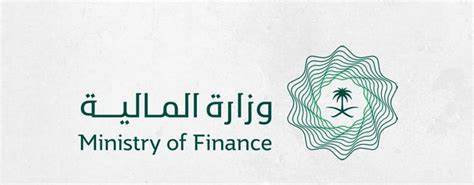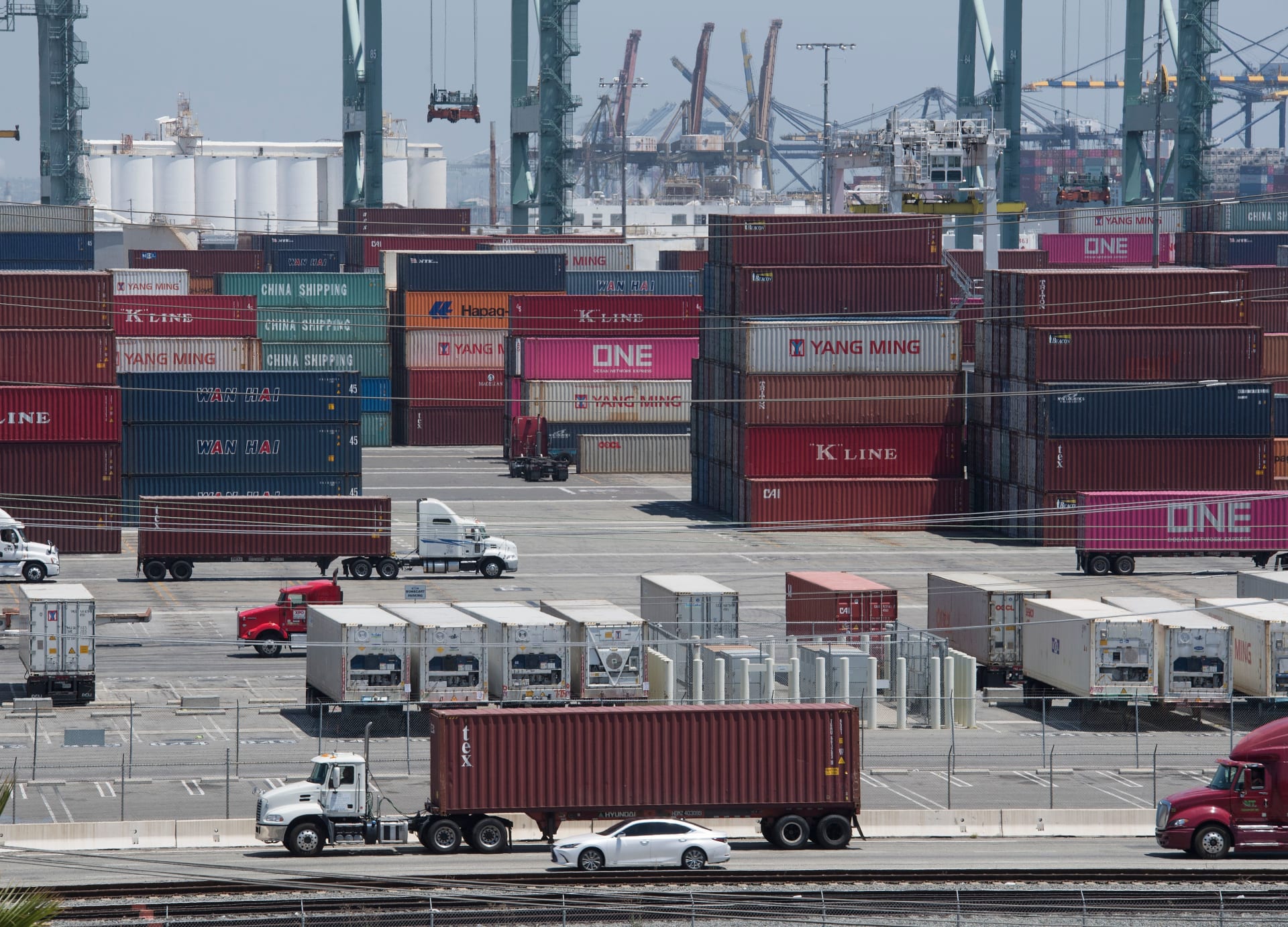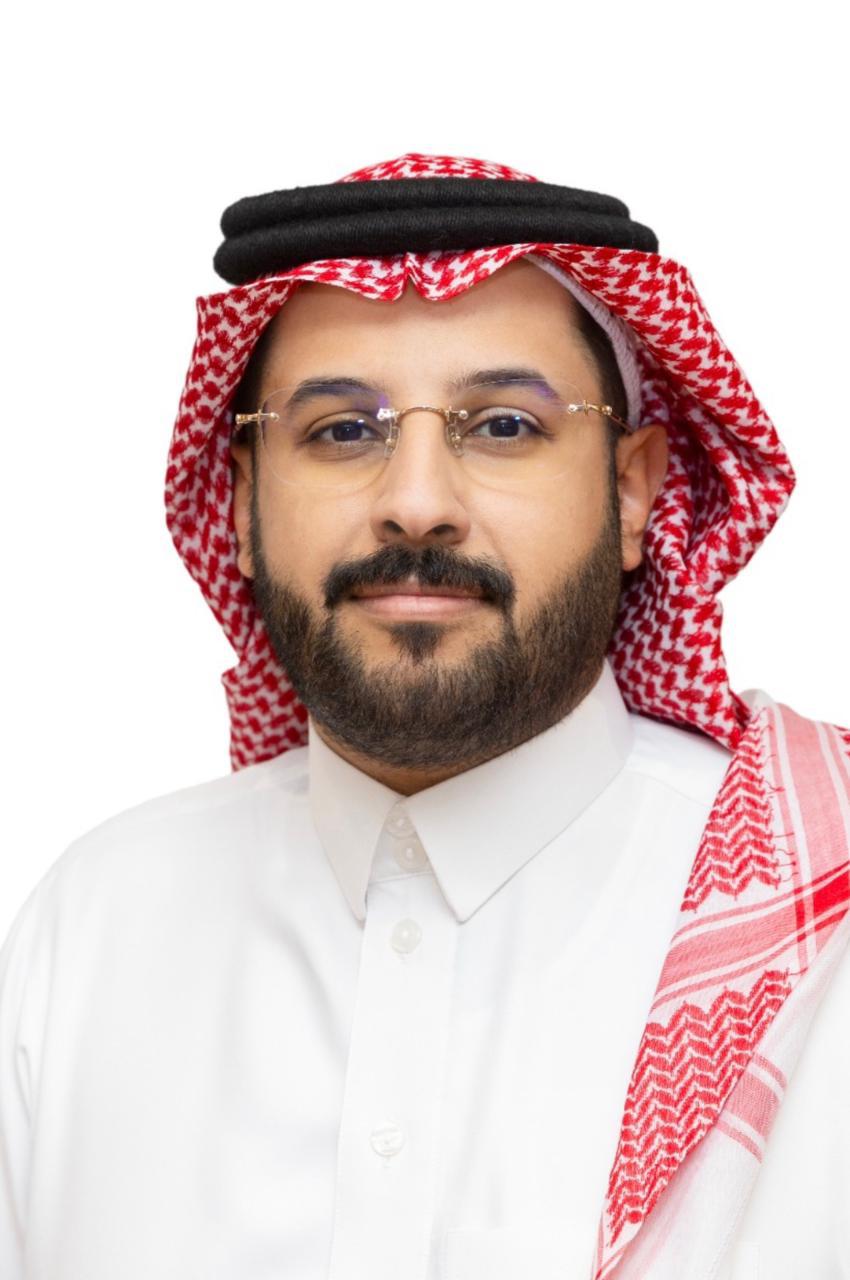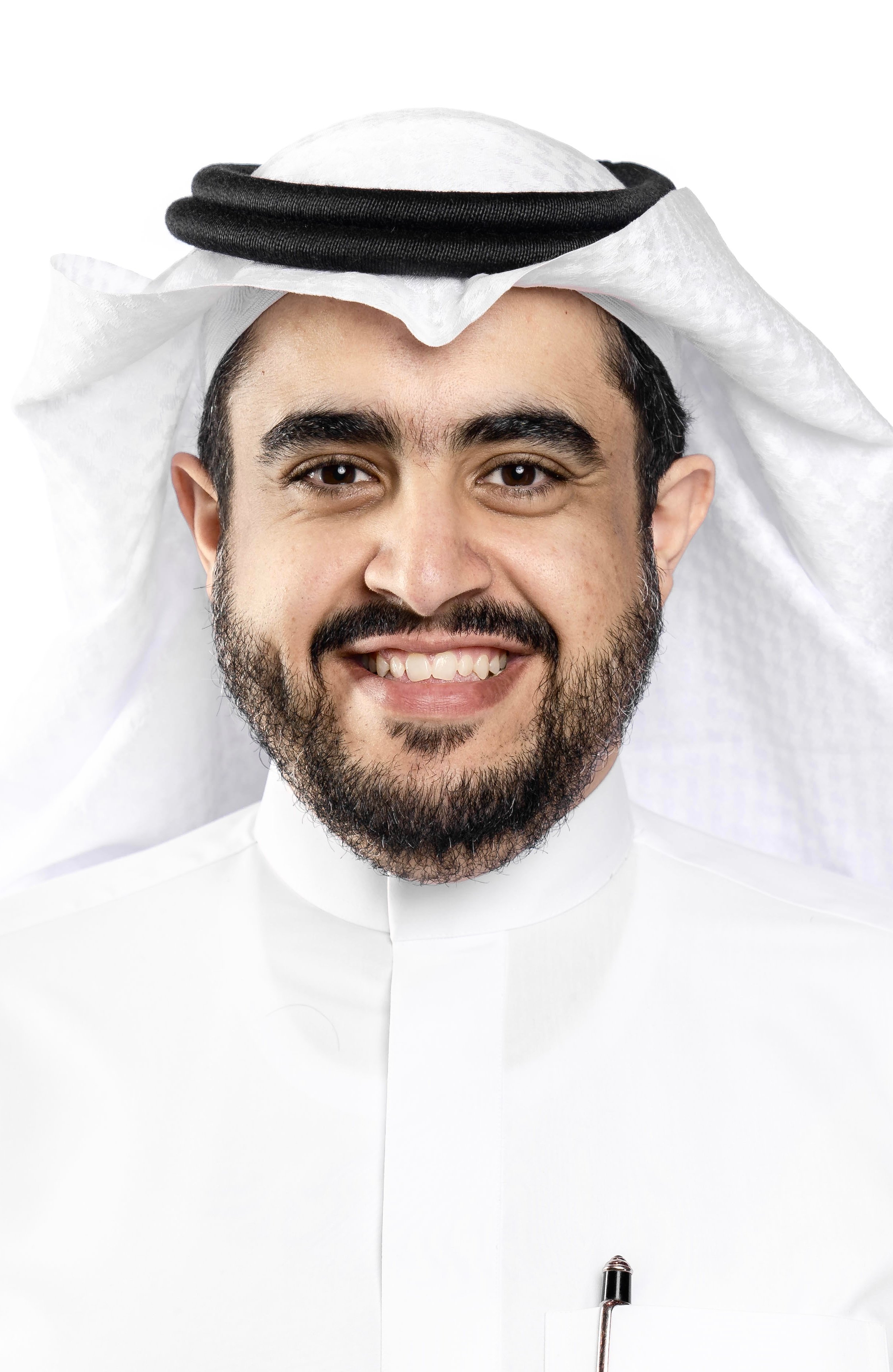Publisher: Maaal International Media Company
License: 465734
Growth, sustainability in the future, following the Kingdom recovery
As many as 20 Macroeconomic Indicators Highlight Empowerment’s Needs
اقرأ المزيد
The Kingdom announced its budget for the Fiscal Year 2022, dubbed the “Empowerment and Sustainability Budget,” indicating that following the exceptional impact of the Coronavirus pandemic, along with other countries around the world, it is gradually returning to pre-pandemic levels of economic and social activity.
Such an approach and policies would have beneficial and positive leverage on the national economy, as the Kingdom has experienced rapid development in so many aspects, as a result of the state’s balanced policies, demonstrated in giving considerable support to the health sector and the private sector afflicted by the pandemic crisis.
The next coming 2022 budget is set to support the Kingdom’s continued financial sustainability, following the pandemic, as well as to complete the process of the wide-scale economic and structural reforms, aimed at promoting medium and long-term economic rates of growth and strengthening its financial position to withstand shocks, Ministry of Finance explained.
20 positive Indices, in brief
There are as many as 20 macroeconomic indicators, at the real estate, external, and financial sectors, all of which mainly refer to two important factors, emphasized by the 2022 budget, the first of which is that the economy was able to restore growth and return to positivity, after an exceptional year in 2020, due to the Coronavirus pandemic, which affected the entire world.
The second is that the economy, in order to assure a brighter future, focus on supporting the growth drives and assuring their sustainability.
With the initiatives and projects launched by the Kingdom through the Vision 2030, with a diversity and inclusion of all walks of life, considered as the most important characteristic among, the Kingdom is expected to experience a major economic boom, at all economic and social levels over the five-year to come, a research conducted by Maaal, the leading Saudi business daily, concluded.
Real estate sector
Saudi nominal gross domestic product (GDP) is anticipated to expand by 12.72% to SR3.6 trillion in 2022, up from SR3.2 trillion in 2021, while real GDP is expected to grow by 7.4%, the greatest annual growth rate in a decade, up from 2.9% in 2021.
In addition, both oil and non-oil contributions to the GDP are projected to increase.
At the same time, the average annual per capita GDP is predicted to climb to SR92.5 thousand, up from SR88.8 thousand, in 2021 and SR75 thousand, in 2020.
At the same time, the inflation rate is predicted to fall to 1.3% in 2022, down from 3.3% in 2021.
External assets’ sector
In addition to the growth of returns from total exports, the trade balance, grace to rising oil exports and revenues, government reserves and of foreign assets are predicted to rise, too.
Economic reforms and new regulations helped the Kingdom smooth and gradual return to pre-pandemic levels of foreign direct investment.
In addition to increasing the private sector’s contribution to the GDP to 65%, through enhancing investment by empowering investors, providing investment opportunities, and financing solutions to increase foreign direct investment to 5.7 percent of the GDP and increasing non-oil exports from 16 percent to 50 percent of the GDP.
Financial sector
Total revenues expected to rise to SR1,045 billion ($278.67bln), compared to SR930 billion ($248bln) in 2021, and expenditures would decline to SR955 billion ($254.67 bln), compared to SR1,015 billion ($270.67 bln) in 2021, figures announced in the 2022 budget, by the ministry of finance, indicated.
Journey of transition towards achieving a surplus budget of as much as 90 billion ($24 bln) for the first time in 8 years, was a real feat, as the last time the kingdom managed to realize a surplus budget, was in the Fiscal Year 2013.
| Kingdom’s macroeconomic indicators,
at real estate, external, financial sectors |
||||
| Real estate sector | ||||
| 2020 | 2021 | 2022 | 2023 | |
| Nominal GDP (bln riyal) | 2,625 | 3,207 | 3,615 | 3,479 |
| Real GDP growth (%) | -4.10% | 2.90% | 7.40% | 3.50% |
| Oil GDP growth (%) | (6.7) | (0.7) | 9.4 | 8.5 |
| Non-oil GDP growth (%) | (3.1) | 4.4 | 2.8 | 3.3 |
| Population (mln) | 35.00 | 35.40 | 35.80 | 36.30 |
| Per capita GDP (in thousand riyal) | 75.0 | 88.8 | 92.5 | 97.2 |
| Inflation (CPI, period average %) | 3.40% | 3.30% | 1.30% | 2.00% |
| External sector | ||||
| 2020 | 2021 | 2022 | 2023 | |
| Oil exports (billion riyal) | 122 | 188 | 193 | 220 |
| Total export revenue (bln riyal) | 174 | 248 | 257 | 286 |
| The volume of imports (bln riyal) | 126 | 136 | 143 | 148 |
| Trade balance (bln riyal) | 48 | 111 | 114 | 138 |
| Current account balance (bln riyal) | -20 | 37 | 28 | 49 |
| Current account as a percentage of GDP | (2.8) | 4.4 | 3.1 | 5.2 |
| Official reserve of foreign assets (bln riyal) | 454 | 457 | 461 | 479 |
| The financial sector | ||||
| 2020 | 2021 | 2022 | 2023 | |
| Total revenue (bln riyal) | 782 | 930 | 1,045 | 968 |
| Spending (bln riyal) | 1076 | 1015 | 955 | 941 |
| Surplus/deficit (bln riyal) | (294) | (85) | 90 | 27 |
| As a percentage of GDP | -11.20% | -2.70% | 2.50% | 0.80% |
| Public debt (bln riyal) | 854 | 938 | 938 | 938 |
| As a percentage of GDP | 32.50% | 29.20% | 25.90% | 26.90% |
Source: 2022 budget statement, Maaal follow up unit









